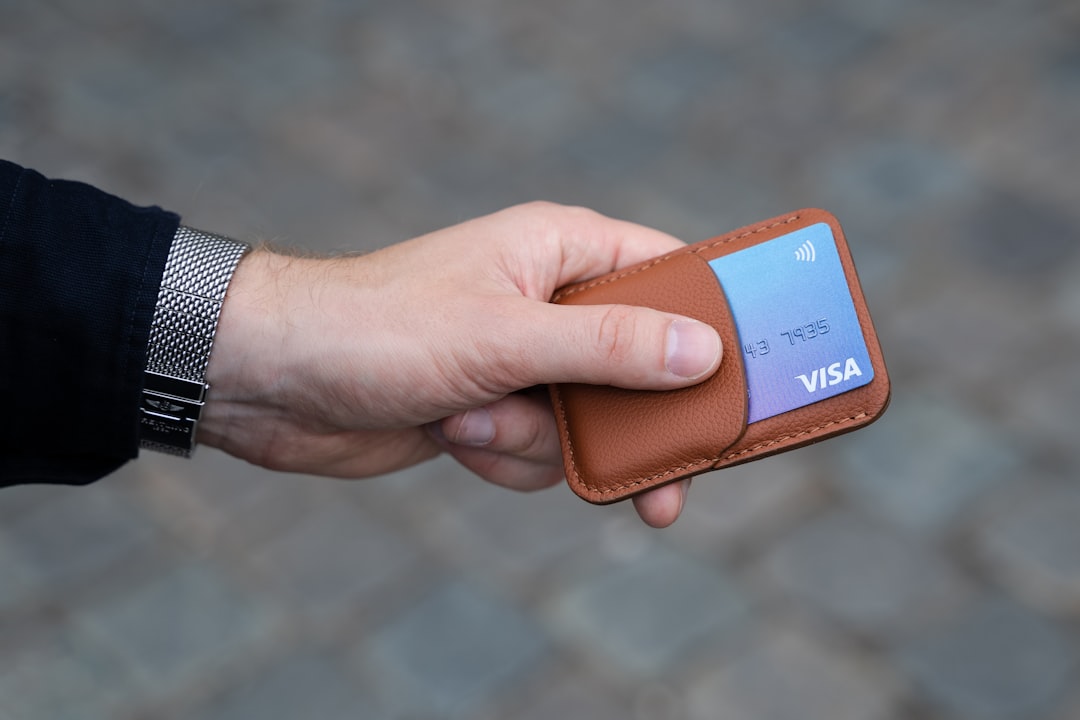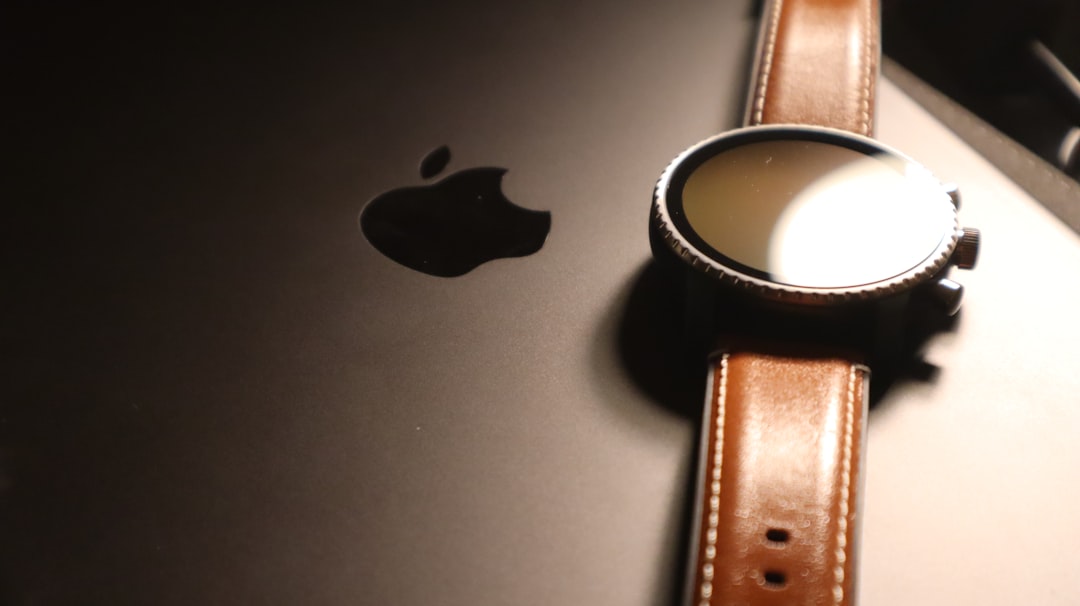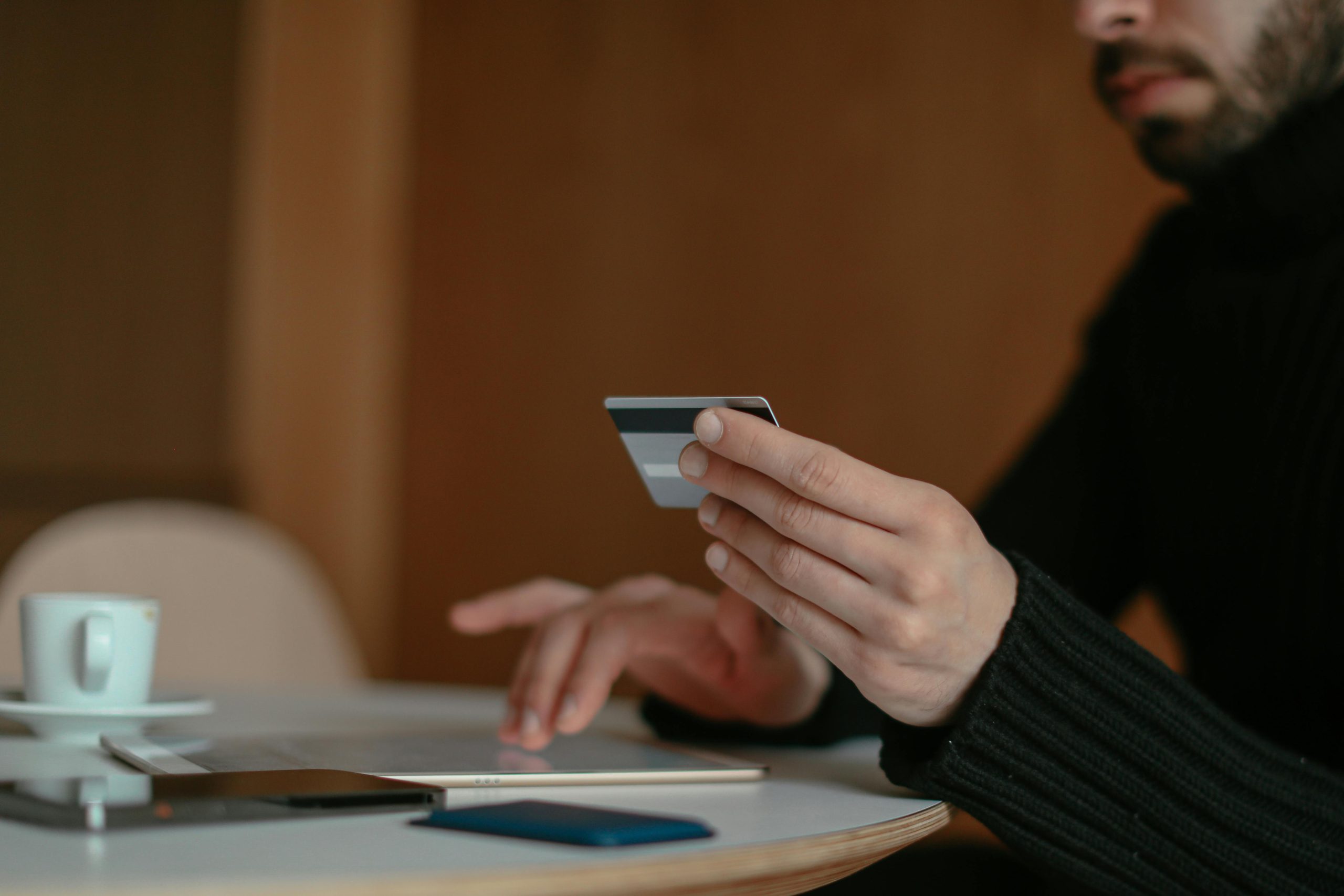With so many payment technologies available today, it’s easy to get confused between the various services offered by tech giants. If you’ve ever asked yourself, “Is Apple Cash the same as Apple Pay?” — you’re not alone. While both are part of Apple’s digital wallet ecosystem, the two are actually quite different in purpose, use, and functionality. This article will dive deep into how Apple Cash and Apple Pay work, their key differences, and how they both can benefit your financial life.
Understanding the Basics
To fully understand the differences, it’s important to start with some definitions.
- Apple Cash: A virtual debit card that lives in your Apple Wallet. It allows users to send, receive, and hold money using iMessage or Wallet. Think of it as a peer-to-peer payment method similar to Venmo or PayPal.
- Apple Pay: A mobile payment and digital wallet service that enables users to make payments in physical stores, online, and in apps using iPhone, Apple Watch, iPad, or Mac.
Though both work within the same Apple ecosystem, they serve different functions and operate in complementary ways.
What is Apple Pay?
Apple Pay was launched in 2014 and quickly became one of the most convenient ways to pay without pulling out a physical credit card. You can link your credit cards, debit cards, and even certain prepaid cards directly to your Apple Wallet. Once set up, you can make contactless payments by simply holding your iPhone or Apple Watch near a compatible point-of-sale terminal.
Here are some standout features of Apple Pay:
- Contactless Payments: Use it at millions of stores worldwide with NFC-enabled payment terminals.
- In-App and Web Purchases: Pay easily in apps and on websites that support Apple Pay.
- Encrypted and Secure: Apple Pay uses device-specific numbers and unique transaction codes for enhanced security.
Apple Pay focuses on facilitating purchases, making it an ideal tool for day-to-day consumer transactions.
What is Apple Cash?
On the other hand, Apple Cash acts more like a reloadable debit card. It was introduced later in 2017 as part of an upgrade to Apple Pay, bringing peer-to-peer payments directly to the Messages app.
When someone sends you money through iMessage using Apple Pay (confusing, right?), it actually gets deposited into your Apple Cash card. This card exists only digitally inside your Wallet app.

Key features of Apple Cash include:
- Peer-to-Peer Payments: Easily send and receive money via iMessage.
- Apple Cash Balance: Keep money in your Apple Cash card and use it just like you would a debit card.
- Transfer to Bank Account: Move your Apple Cash balance to your bank via ACH transfer.
- Use with Apple Pay: Spend your Apple Cash just like a regular card via Apple Pay-enabled transactions.
Think of Apple Cash as digital cash, while Apple Pay is the mechanism that helps you spend that cash.
How Are They Linked?
The relationship between Apple Cash and Apple Pay is symbiotic. While you can’t get Apple Cash without setting up Apple Pay, the two serve fundamentally different purposes.
When someone sends you money through Messages, it’s processed via Apple Pay and deposited into your Apple Cash card. Then, when you want to spend that money, you can do so via Apple Pay at a store or online.
In other words, Apple Pay is the highway, and Apple Cash is the car driving on it.
Key Differences Between Apple Cash and Apple Pay
| Feature | Apple Pay | Apple Cash |
|---|---|---|
| Purpose | To facilitate payments using linked cards | To store and transfer money electronically |
| Setup Required | Link cards to Apple Wallet | Enable Apple Cash and verify identity |
| Accepts Funds | No | Yes, from other users |
| Spendable? | Yes, using linked cards | Yes, via Apple Pay |
| Transferable to Bank? | No | Yes |
Benefits of Using Apple Cash and Apple Pay Together
Using Apple Cash and Apple Pay in tandem creates a payment experience that is seamless, secure, and fast. Many users enjoy the following advantages:
- Quick Access to Funds: Money received through Apple Cash is available instantly for spending.
- No Need for Bank Transfers: You can use your Apple Cash balance directly without waiting for it to hit your bank account.
- Easy Splitting of Bills: Whether it’s dinner with friends or splitting rent, Apple Cash makes it simple to send or request money through Messages.
Moreover, because both services are encrypted and do not store your credit/debit card numbers on your device or Apple servers, your transactions remain secure.

Are There Any Limitations?
While the duo is powerful, there are a few caveats to keep in mind:
- Availability: Apple Cash is currently available only in the United States.
- ID Verification: Apple may require you to verify your identity to use Apple Cash fully.
- Transfer Limits: There are daily and weekly limits for sending and receiving money through Apple Cash.
- Bank Transfers Take Time: Standard ACH transfers to your bank can take 1–3 business days.
These constraints aren’t deal-breakers but are worth knowing to avoid surprises.
Should You Use Both?
If you’re an iPhone user who values convenience, privacy, and speed, using both Apple Cash and Apple Pay can significantly simplify your digital life. They remove the need for third-party apps when transferring funds to friends, shopping online, or making purchases at your favorite café.
That said, those who already rely heavily on apps like Venmo, PayPal, or Zelle might not feel an immediate need to switch — unless they prefer Apple’s ecosystem and deeper level of integration.
Final Thoughts
Though the names are similar, Apple Cash and Apple Pay are not the same service. Apple Pay is more of a payment infrastructure, while Apple Cash serves as a quasi-bank account within your digital wallet. Both are useful on their own but become even more powerful when used together.
So the next time someone sends you money via iMessage and you spend it immediately at your local coffee shop without thinking twice — you’ll know exactly which service did what!

In today’s digital-first world, understanding these tools helps you manage your finances more intelligently and efficiently — with a touch, a tap, or even just a glance.

